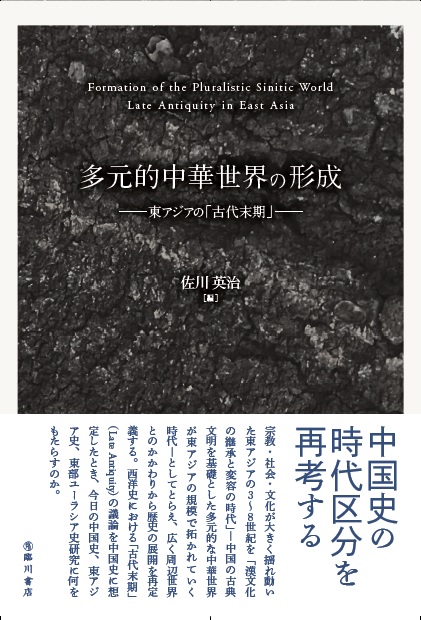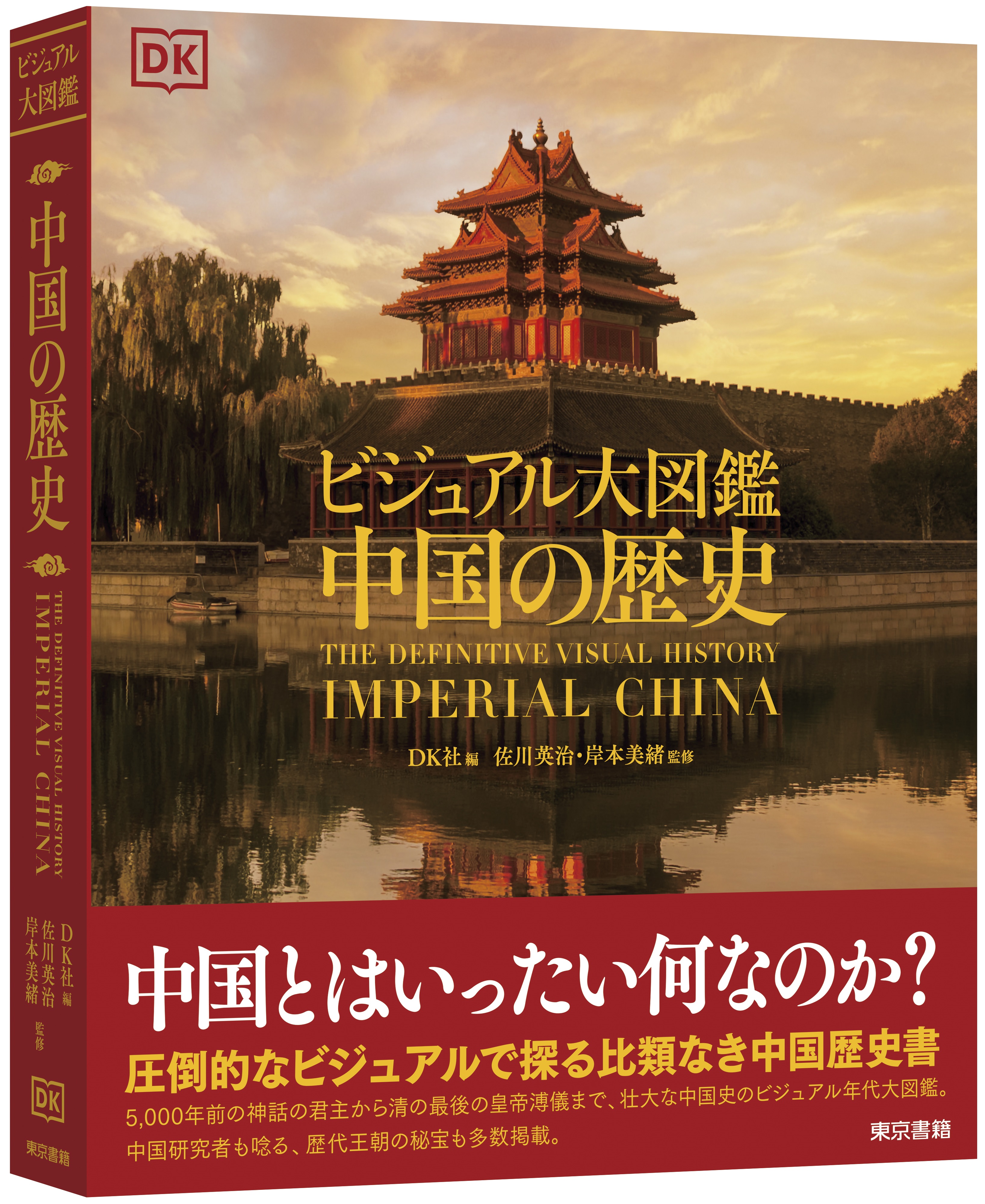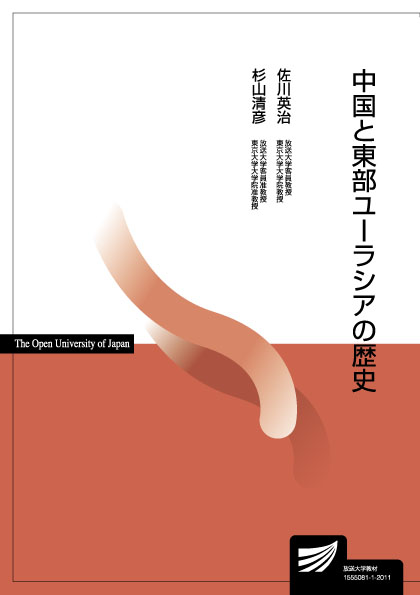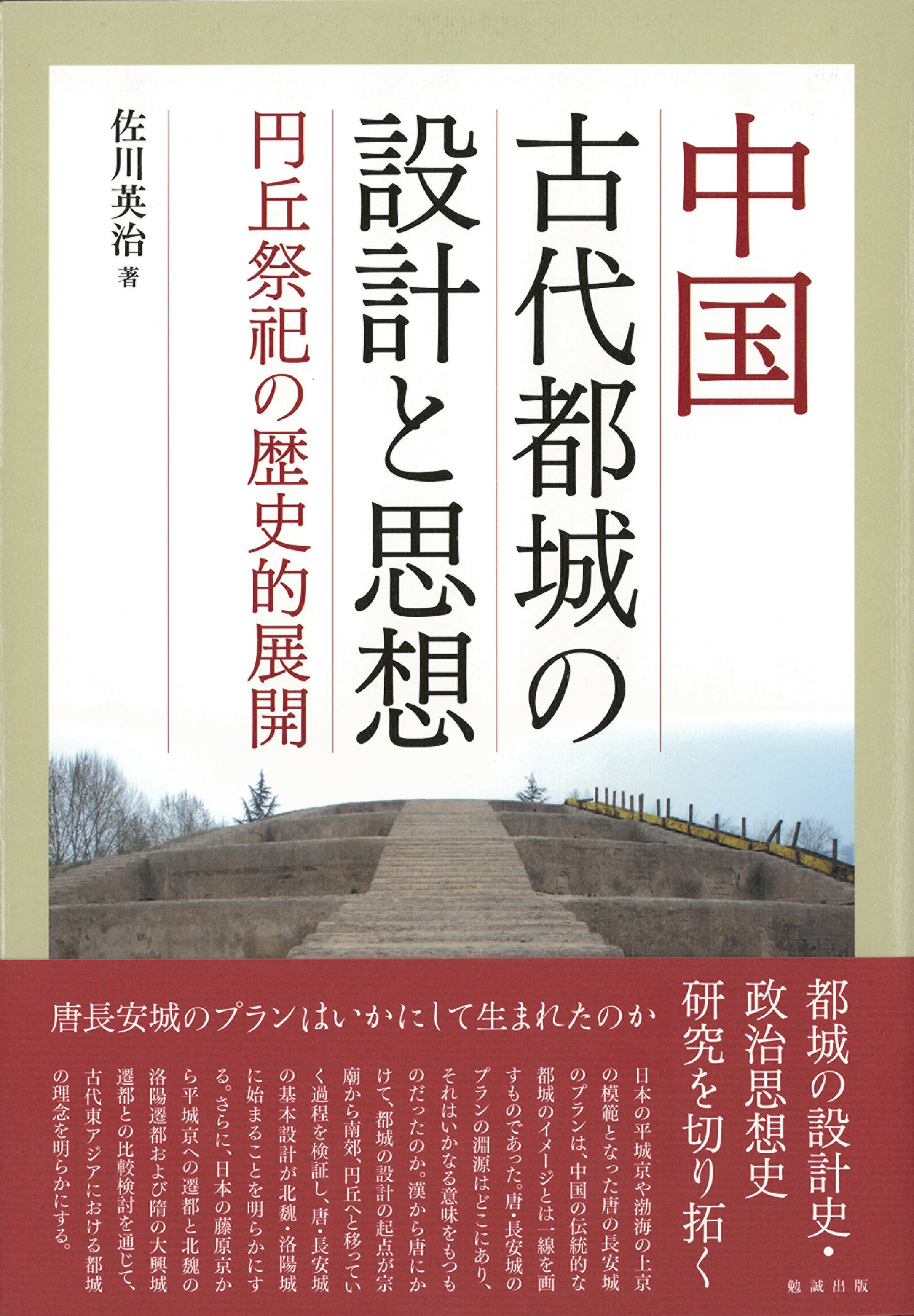
Title
Tagenteki Chukasekai no Keisei (Formation of the Pluralistic Sinitic World - Late Antiquity in East Asia)
Size
360 pages, A5 format, hardcover
Language
Japanese
Released
February, 2023
ISBN
978-4-653-04537-3
Published by
Rinsen Book Co.
Book Info
See Book Availability at Library
Japanese Page
Today, China is the country with the largest population in the world and the country that shares borders with the most countries. On its vast periphery there extends a world with diverse geographical environments and natural features, including steppes, deserts, highlands, and tropical regions, beyond which there exist the countries of East Asia, which have adopted the culture of the Chinese writing system, Confucianism, Chinese translations of Buddhist scriptures, and so on that were born in China. How was this Sinitic world, encompassing an enormous population and straddling many diverse ethnic groups, born? This book seeks to discuss this question through comparison with “late antiquity” in the West.
“Late antiquity” represents a new type of thinking about periodization that swept across Anglo-American academic circles with Peter Brown as its standard-bearer, and instead of understanding the period from the third to eighth centuries in Europe as a time of the decline of the Roman empire, as it had been understood in the past, it is a view that understands this period as a time of the transmission and transformation of Roman culture, with its long history, and encompasses the civilizations of Western Europe, the Byzantine empire, and the Islamic empire that were born in the Mediterranean world as inheritors of classical culture. In other words, the meaning of positing a period called “late antiquity” lies in discovering a positive significance in the fact that classical culture, with Greece and Rome as its standards, was accepted by “barbarians” and the surrounding world, was transformed through interaction with Christianity and so on, and turned into a pluralistic and multicultural world.
East Asia in the third to eighth centuries was also precisely such a period. After the collapse of the Han empire, China’s Central Plain, which included Luoyang and Chang’an, was no longer the sole centre of Chinese civilization, and new centres of civilization were born in regions such as Jiangnan and Chengdu, which had formerly been peripheral regions of China. The bearers of Chinese civilization were no longer only Han Chinese, and various ethnic groups known by terms such as the “Five Barbarians,” or five non-Han peoples, became the bearers of a new civilization and gave birth to a new type of dynasty—“dynasties of conquest”—in which these non-Han peoples who had been Sinified became the legitimate rulers of China. Centres of Sinitic culture were also born in Korea and Japan, stimulating the penetration of civilization, and a Sinographic cultural sphere was created in East Asia. In addition, Buddhism, which had spread from India, infiltrated these regions, and a new worldview that transcended the Sinocentric worldview came to be shared by people throughout East Asia. Thus, Chinese civilization did not unilaterally spread outwards, and in the course of being accepted by the surrounding world and other peoples, it gradually gained universality and diversity and gave birth to the Sinitic world.
This book elucidates the dynamism of the reception and transformation of this Sinitic civilization, chiefly by focusing on those who were its recipients, such as other peoples, Jiangnan, Korea, Japan, and women. By doing so, it also endeavours to reposition the history of East Asia during this period within a more global perspective.
(Written by SAGAWA Eiji, Professor, Graduate School of Humanities and Sociology / 2023)



 Find a book
Find a book




